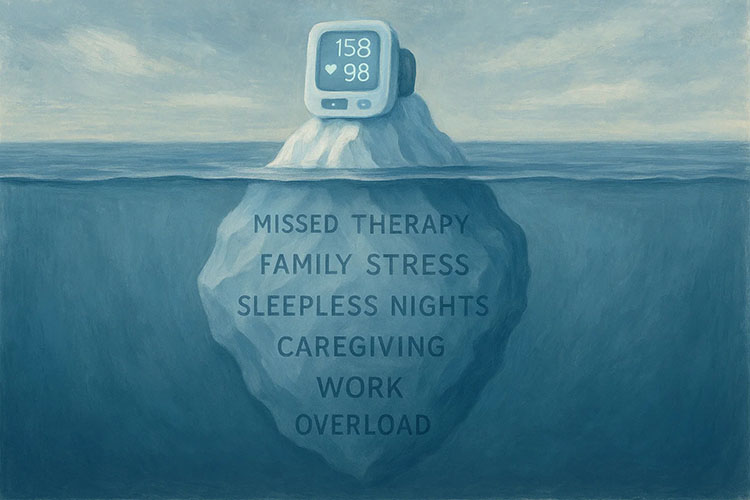There are over 25 million people in the United States who are currently using a type of “remote patient monitoring” device. Those devices have empowered and engaged patients in their healthcare, improved outcomes, reduced re-hospitalization rates, and added revenue to many medical practices. But this is small compared to where RPM (remote patient monitoring) is going in the future.
There are two major ways RPM will grow in the near future. First, through greater adoption by patients and practices, as the results prove how RPM improves healthcare for both patients and practices. The second way is through improved technology, as miniaturization and tech advances enable healthcare providers to monitor more vital readings for more ailments.
Presently, most RPM devices focus on blood pressure, temperature, weight, blood glucose, respirations, blood oxygen and seizures. For most of these, the patient must choose to take a reading, however easy that might be. But, if readings can be recorded and transmitted without a patient having to remember to do it, then RPM would be more effective.
In a report from the journal Nature Nanotechnology, an experimental new device is being tested. It is a thin strip of material that adheres to the skin just above your wrist. The strip contains tiny sensors that can take a reading of a patient’s blood pressure and arterial flow, in a manner that would go unnoticed by the patient. This would provide more data than daily readings and warn of dangerous trends sooner.
The incorporation of a patient’s smartphone into their monitoring has become more likely as more seniors use smartphones. In 2022, 61% of people over 65 own a Smartphone, compared to 13% in 2012, according to the Pew Center. Smartphone penetration will only increase among the Senior Citizen demographic.
The Centers for Medicare and Medicaid Services (CMS) recognized the value in RPM and have increased the number and scope of CPT® codes to reimburse medical practices for a greater number of health conditions. The greater the number of CPT® codes, the more likely medical practices will promote RPM, helping to continue its future growth.
For the future, scientists working on medical technologies are developing more wearable devices to measure more than just oxygen and sugar in our bloodstream. The constant monitoring of organs and their functions will be the next large advancement in RPM.
The new technologies have generated a new term, mRPM. This stands for “mobile remote patient monitoring.” The increased plans for wearables means monitoring must be available away from the patient’s home. Transmission cannot be dependent on phones with landlines, or even a house’s WIFI signal. Presently, the few mRPM devices that are available will alert a patient when they have entered an area with an open Wi-Fi signal. Greater security is needed to keep data and privacy secure with mRPM devices.
The use of RPM is by no means over-saturated. Rather, it is underserved. The American Medical Association states chronic conditions like diabetes and heart disease are responsible for more than 70% of US deaths. The management of these health issues benefits from the RPM. While the global market of RPM in 2020 was just over $23 billion, it is estimated to reach $117 billion by 2025.
The future of RPM is bright. The present needs help. A study by Medical Group Management Association polled over 500 healthcare leaders revealed less than 25% have a Remote Patient Monitoring program in their medical practices. That number must grow.
RPM will grow. Why? Because the number of technological advances are made in RPM devices, and the number of patients using technology increase, and the number of ways RPM can be billed, and as RPM becomes more wearable and mobile, will all cause RPM to greatly increase. RPM has a great future, a future that every medical practice needs to be a part of.
As RPM continues to grow, you want to work with RPM providers who understand present and future trends. Medek RPM is one of the fastest growing PRM providers in the US. To become part of the exciting future of RPM, begin a conversation with a Medek Representative today.





